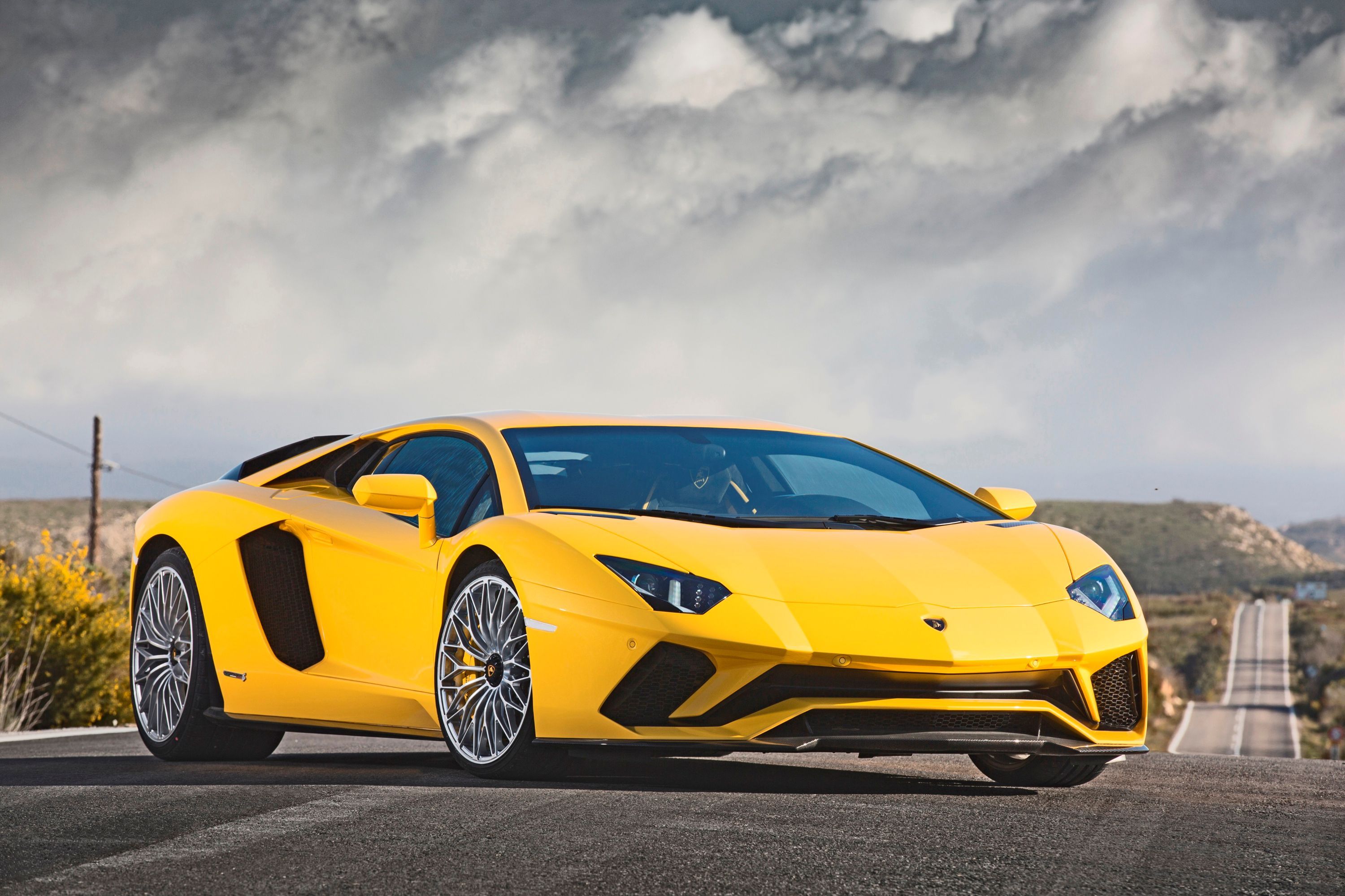
Before the Lamborghini Aventador and Murcielago, the Diablo was Lamborghini's flagship supercar during the 1990s. Built from 1990 to 2001, the Diablo is celebrating its 30th anniversary this year, and while supercar performance and technology have improved by leaps and bounds since the Diablo, it remains one of the most iconic - and most successful - supercars of its time.
Work on the Diablo began in 1985. Codenamed Project 132, the Diablo was designed to replace the long-running Countach as Lamborghini's new range-topper. Its clean and aggressive lines were the work of Marcello Gandini, who also penned the Countach and Miura, but they were tweaked by Chrysler's design center, which was at the time the majority shareholder of Lamborghini.
When it launched in 1990, the Lamborghini Diablo was the fastest production car in the world with a top speed of 203.1 mph, and sharp driving dynamics developed under the guidance of rally champion Sandro Munari.
Powering the Diablo was a 5.7-liter V12 engine with four overhead camshafts, four valves per cylinder, and multi-point electronic injection. This setup produced 485 horsepower and 427 lb-ft of torque, which was sent to the rear wheels. With no electronic aids like traction control or stability control, and no power steering until 1993, the Diablo was a handful to drive - just ask Top Gear's Paddy McGuinness.
Despite being a performance-focused supercar, the interior was luxuriously appointed with leather upholstery, air conditioning, electric windows, and electrically adjustable seats.
After the Diablo launched in 1990, a VT version arrived in 1993 as the first four-wheel drive Lamborghini Granturismo. It boasted numerous mechanical improvements and styling changes that were also applied to the two-wheel-drive version. In the same year, a special, more powerful SE30 series was launched to commemorate the company's 30th anniversary, with an increased power output of 523 horsepower.
Two years later, the Diablo SV debuted at the Geneva Motor Show in 1995, available only with rear-wheel drive. Improvements included an increased power output of 510 horsepower and an adjustable rear wing.
Then, in December of the same year, the Diablo VT Roadster became Lamborghini's first mass-produced open-roof 12-cylinder car, with revised styling and all-wheel drive.
After being acquired by the Audi Group, Lamborghini unveiled the 529-hp Diablo SV facelift designed by Luc Donckerwolke, Lamborghini's first in-house designer. It was equipped with a variable valve lift system and, for the first time on a Lamborghini, an anti-lock braking system. Other special editions and competition variants of the Diablo joined the lineup with 6-liter engines.
With 2,903 units built up until its discontinuation and subsequent replacement with the Murcielago, the Diablo remains Lamborghini's most-produced car.
